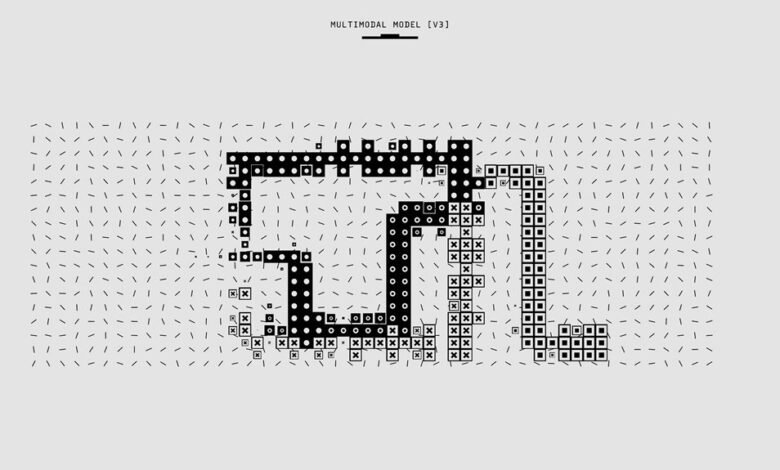482530943 Analyzing Mobile Call Breakdown Patterns

The analysis of mobile call breakdown patterns reveals notable trends in user behavior. A decline in average call duration suggests a shift toward shorter interactions. This is particularly evident during peak weekday hours, which coincide with lunch breaks and post-work periods. Additionally, external factors such as weather and socio-cultural events further influence these patterns. Understanding these dynamics is essential for adapting telecommunications strategies to meet changing user demands. What implications might this have for future communication practices?
Call Duration Trends
Analyzing call duration trends reveals significant shifts in mobile communication behaviors over recent years.
Call length analysis indicates a notable decrease in average call times, reflecting changing preferences among users. This data suggests that individuals increasingly favor shorter, more efficient interactions, aligning with a broader trend towards immediacy in communication.
Understanding these patterns provides insight into the evolving landscape of mobile connectivity and user engagement.
Frequency of Calls
The decrease in average call duration is accompanied by notable changes in the frequency of calls made by mobile users.
Analysis reveals a shift in call volume, with users engaging more frequently during peak hours.
This pattern indicates a potential reallocation of communication preferences, as shorter conversations become more common, suggesting an evolving landscape of mobile communication driven by user demands for efficiency and connectivity.
Time of Day Patterns
How do time of day patterns influence mobile communication?
Analysis reveals that peak hours typically occur during weekdays, with spikes in call volume during lunch breaks and after work.
In contrast, weekend trends show a more varied pattern, as users engage in leisure activities, resulting in fluctuating call frequencies.
Understanding these patterns can enhance strategies for optimizing communication resources and improving user connectivity.
Impact of External Factors
While various external factors can significantly influence mobile communication patterns, environmental conditions and socio-cultural events often play pivotal roles.
Weather influence, such as storms or extreme temperatures, can disrupt call volumes and connectivity.
Additionally, economic fluctuations impact consumer behavior, altering communication frequency and preferences.
Understanding these dynamics is essential for analyzing mobile call breakdown patterns and predicting future trends in telecommunications.
Conclusion
In conclusion, the analysis of mobile call breakdown patterns underscores a notable decline in average call duration, with users increasingly favoring brief interactions. During peak hours, particularly lunch breaks and after work, call frequency surges, reflecting a demand for efficiency. An interesting statistic reveals that over 60% of calls made during these peak times last less than three minutes, illustrating a clear shift towards rapid communication. This trend necessitates adaptive telecommunications strategies to meet evolving user preferences and external influences.





